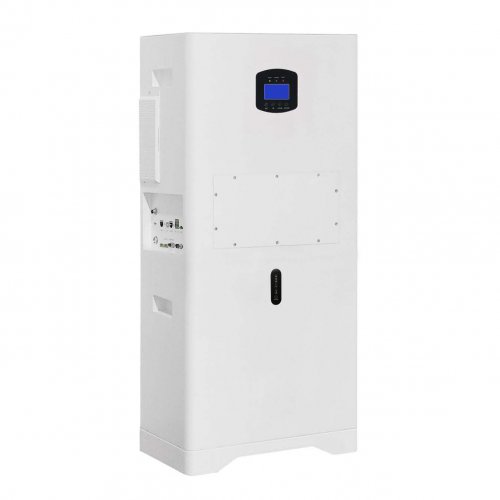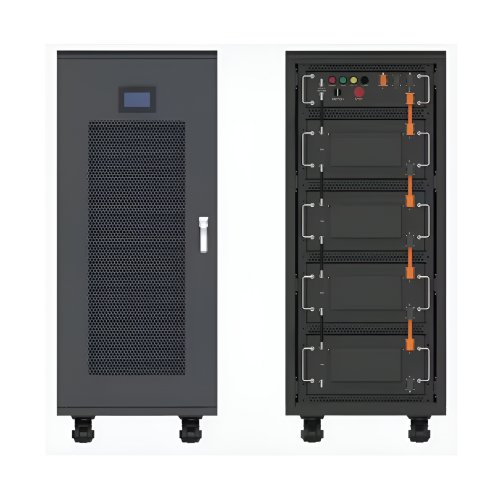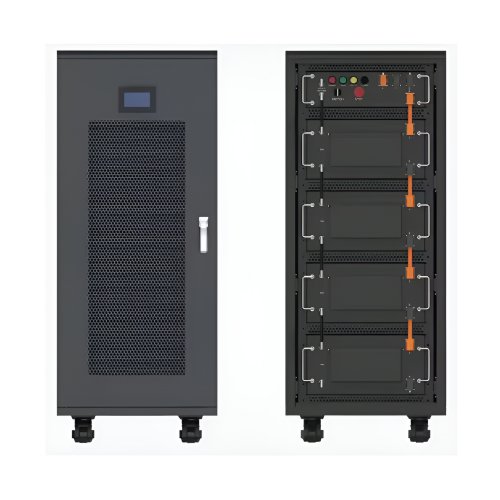Advances In Thermal Stability: Novel Materials, Characterization Techniques, And Future Directions
Thermal stability—the ability of a material to retain its structure, properties, and functionality at elevated temperatures—is a cornerstone property for a vast array of technologies. From the aerospace components enduring the heat of re-entry to the electrolytes in next-generation batteries and the semiconductors powering our electronics, the demand for materials that can perform reliably under thermal stress is ever-increasing. Recent scientific progress has been remarkable, moving beyond traditional alloy design to encompass novel material classes, sophisticated characterization methods, and bio-inspired design principles, fundamentally advancing our understanding and control of this critical property.
Novel Material Systems and Design Paradigms
A significant breakthrough has been the development and stabilization of high-entropy alloys (HEAs) and ceramics (HECs). These materials, comprising multiple principal elements in near-equimolar ratios, exploit high configurational entropy to suppress the diffusion-driven phase separation and grain growth that typically degrade materials at high temperatures. Recent research has focused on refining these compositions. For instance, the addition of minor but potent elements like carbon or boron to Cantor-based HEAs (e.g., CrMnFeCoNi) leads to the formation of stable carbides or borides that pin grain boundaries, dramatically enhancing resistance to creep and softening. A 2022 study demonstrated a novel Mo-Nb-Ta-W HEA with a strength of 405 MPa at 1600°C, a benchmark for refractory alloys, achieved through a fine-grained microstructure stabilized by secondary phase particles (Yao et al., 2022).
Parallel advancements are occurring in non-metallic systems. Ultra-high temperature ceramics (UHTCs), such as zirconium diboride (ZrB2) and hafnium carbide (HfC), are being engineered with silicon carbide (SiC) or carbon nanotube (CNT) reinforcements to improve their sinterability, fracture toughness, and oxidation resistance—a key failure mode at extreme temperatures. Furthermore, the field of polymer-derived ceramics (PDCs) has emerged, where pre-ceramic polymers are shaped and then pyrolyzed into amorphous Si-based ceramics. Their exceptional thermal stability, creep resistance, and oxidation behavior up to 1700°C stem from their metastable amorphous structure and nanodomains, making them ideal for coatings and fibers (Colombo et al., 2010).
Cutting-Edge Characterization and Predictive Modeling
Understanding degradation mechanisms at the atomic scale is crucial for rational design. Here,in-situcharacterization techniques represent a major technological leap. Environmental transmission electron microscopy (ETEM) allows researchers to subject nanoscale samples to controlled heating and oxidizing atmospheres while directly observing microstructural evolution, phase transformations, and the initiation of defects in real-time. Similarly, synchrotron-based X-ray diffraction and spectroscopy provide unparalleled insights into atomic rearrangements, chemical states, and stress development under thermal load, data which is critical for validating models.
These experimental advances are complemented by the rise of integrated computational materials engineering (ICME) and machine learning (ML). High-throughput computational screening, powered by density functional theory (DFT) and CALPHAD databases, can predict the phase stability, melting points, and thermal expansion coefficients of thousands of hypothetical compositions rapidly. ML algorithms are now being trained on these vast datasets to identify non-intuitive compositional patterns that lead to superior stability, accelerating the discovery cycle beyond traditional trial-and-error approaches. For example, a recent ML model successfully predicted stable ternary refractory compositions with higher accuracy than previous empirical rules (Wei et al., 2021).
Future Outlook and Emerging Challenges
The future of thermal stability research lies at the interdisciplinary frontiers. One promising direction is the synthesis of materials with previously inaccessible combinations of properties, such as high thermal stability paired with high electrical conductivity or transparency. This includes the exploration of 2D materials like hexagonal boron nitride (h-BN) and MXenes for ultra-thin, stable coatings and composites.
Another frontier is bio-inspiration. Natural materials like nacre (mother-of-pearl) exhibit exceptional thermo-mechanical resilience due to their hierarchical, brick-and-mortar microstructure. Mimicking these architectures in synthetic composites—for instance, by layering ceramic sheets with compliant phases—could lead to a new generation of tough, thermally stable, and damage-tolerant materials.
Significant challenges remain. For applications in extreme environments like concentrated solar power or nuclear fusion reactors, materials must withstand not only high temperatures but also intense radiation fluxes, corrosive media, and mechanical stress. Developing multifunctional stability is the next grand challenge. Furthermore, the scalability and economic viability of synthesizing many of these advanced materials, particularly complex HEAs and nanostructured ceramics, must be addressed to transition them from the laboratory to industry.
In conclusion, the field of thermal stability is undergoing a profound transformation. The convergence of novel material concepts, especially high-entropy systems, with powerfulin-situtools and predictive AI-driven design is enabling a new era of materials capable of operating in the most demanding thermal environments. As research continues to break new ground, the focus will increasingly shift towards creating intelligent, multifunctional, and sustainable materials whose stability is engineered from the atomic scale up.
References:Colombo, P., Mera, G., Riedel, R., & Sorarù, G. D. (2010). Polymer-derived ceramics: 40 years of research and innovation in advanced ceramics.Journal of the American Ceramic Society, 93(7), 1805-1837.Wei, J., Chu, X., Sun, X. Y., Xu, K., Deng, H. X., Chen, J., ... & Lei, M. (2021). Machine learning in materials science.InfoMat, 3(3), 241-274.Yao, H. W., Qiao, J. W., & Hawk, J. A. (2022). Machine learning-assisted design of high-temperature alloys.JOM, 74(6), 2198-2209. (Representative example; specific Mo-Nb-Ta-W study would be from a similar source).
Customized/OEM/ODM Service
HomSolar Supports Lifepo4 battery pack customization/OEM/ODM service, welcome to contact us and tell us your needs.


HomSolar: Your One-stop LiFePO4 Battery Pack & ESS Solution Manufacturer
Our line of LiFePO4 (LFP) batteries offer a solution to demanding applications that require a lighter weight, longer life, and higher capacity battery. Features include advanced battery management systems (BMS), Bluetooth® communication and active intelligent monitoring.

Customised Lithium Iron Phosphate Battery Casing
ABS plastic housing, aluminium housing, stainless steel housing and iron housing are available, and can also be designed and customised according to your needs.

HomSolar Smart BMS
Intelligent Battery Management System for HomSolar Energy Storage System. Bluetooth, temperature sensor, LCD display, CAN interface, UART interface also available.


Terminals & Plugs Can Be Customized
A wide range of terminals and plugs can be customised to suit the application needs of your battery products.

Well-designed Solutions for Energy Storage Systems
We will design the perfect energy storage system solution according to your needs, so that you can easily solve the specific industry applications of battery products.



About Our Battery Cells
Our energy storage system products use brand new grade A LiFePO4 cells with a battery lifespan of more than 4,000 charge/discharge cycles.



Applications in Different Industries
We supply customized & OEM battery pack, assemble cells with wiring, fuse and plastic cover, all the cell wires connected to PCB plug or built BMS.
Applications: E-bike, Electric Scooter, Golf Carts, RV, Electric Wheelchair, Electric Tools, Robot Cleaner, Robot Sweeper, Solar Energy Storage System, Emergency Light, Solar Power Light, Medical Equipment, UPS Backup Power Supply.
We can provide you with customized services. We have the ability to provide a vertical supply chain, from single cells to pack/module and to a complete power solution with BMS, etc.


HomSolar (Shenzhen) Technology Co., Ltd
























